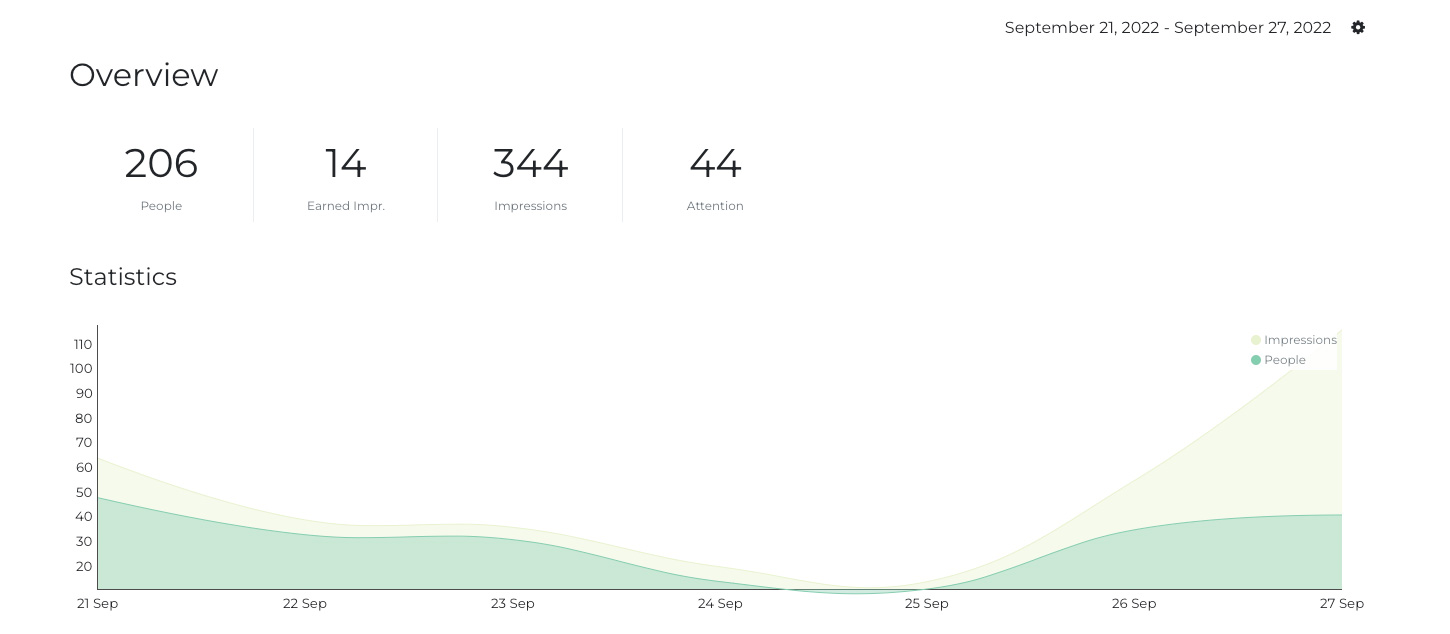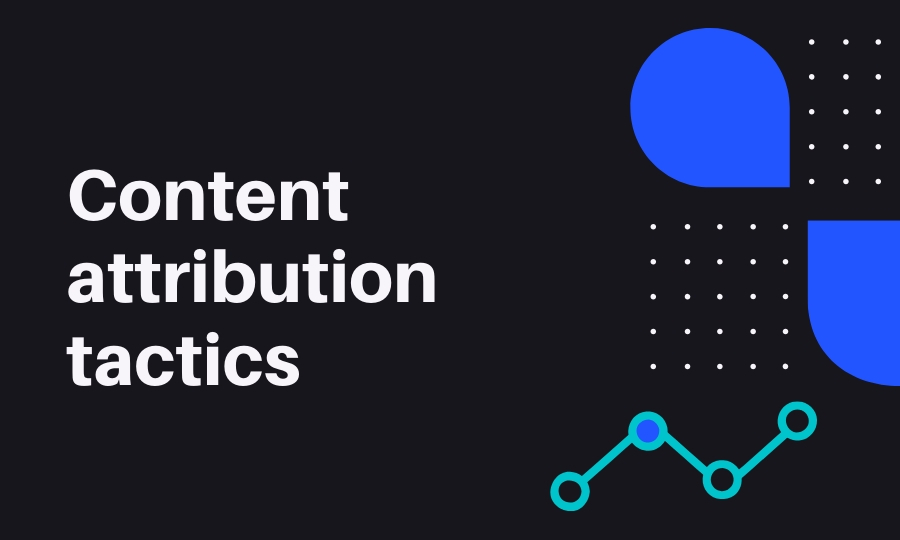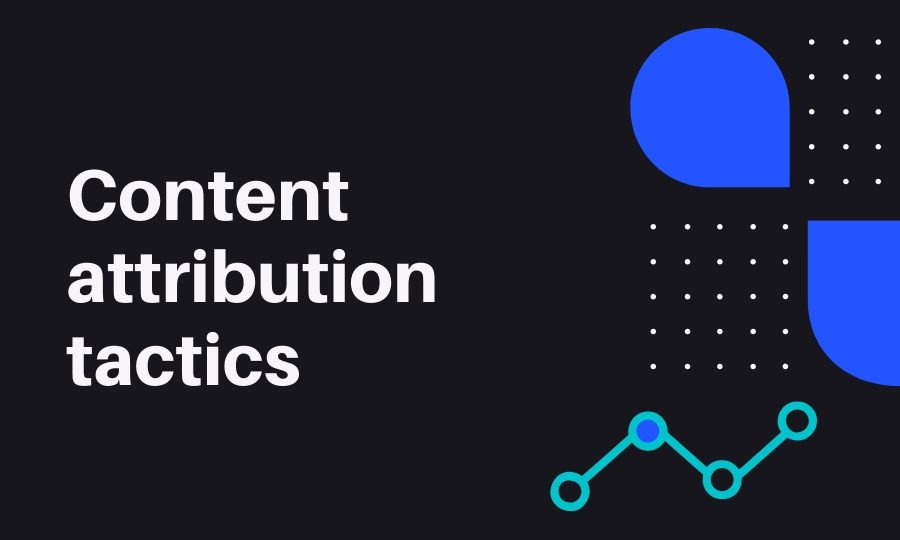Content attribution is the holy grail of content marketing. Being able to demonstrate business outcomes from content is the ultimate proof point. For many marketers they’re still trying to figure it out.
What is content attribution? It is the process of measuring and identifying how content drives business outcomes and then attributing that to the content that created that outcome.
If you’re new to content attribution, these articles might be helpful:
- How do I prove marketing attribution and ROI?
- How Nudge Content Attribution Gives Brands An Edge
- How do I optimize my conversion rate?
- Conversion vs Conversion Rate
- Guide to Content Marketing Analytics
- How do you articulate the business value for non marketers?
- How do I justify my marketing budget? and How do I secure more marketing budget?
- Content Marketing ROI
Content attribution enables teams to isolate and demonstrate conversions and how content is driving business outcomes. A vital piece in demonstrating ROI.
If you produce a lot of content, you know it’s converting, as you can see it. But as to how much and which one is performing the best, that’s harder. And to demonstrate that proof is harder.
How content attribution works is, you install a piece of code on your content. That lets you track behavior on the content. Then you define the conversion events, and place additional code on those behaviors. Then you can see how and what pieces of content are driving those behaviors. Strategically this establishes how content is driving business results.
How Nudge created a content attribution solution
The way we thought about it when building a content attribution tool was, once you have content there are key pieces of intelligence which help:
- How many conversions am I creating?
- Which content is converting?
- Which traffic source is converting?
- Am I capturing all the conversions?
- How does this inform my content strategy?
The outcome being, you can re-allocate your efforts to your best performing piece of content and distribution.
The set up process is very easy. After installing Nudge code, you define your conversion events, and add an extra piece of code to fire when those events happen. Then you can see the data in real time flow in.

How do you see why a piece of content is converting?
Log into Nudge. View the top converting content. Then go and view the data on that single piece of content. Elements you want to look at:
- The traffic sources and the quality of the traffic.
- How engaging the content is
- Where people drop off on the page, or vice versa, what areas do they pay most attention to?
- How does engagement by device vary?
Peripheral decisions were understanding, what devices am I converting on? And also what is my conversion window? Are they direct or viewthrough?
Do people convert from content straight away?
When content drives business outcomes it tends to be a U shaped curve over time. Most conversions happen straight away and then the majority happening at either a 7, 14, or 21 day timeframe. This variance relates to the type of product and purchase decision.
Nudge had a client, who had driven hundreds of thousands of people to their content campaign, only to find that people weren’t converting. They were quite surprised, what’s going on? But after a week they were able to establish that the average time to convert was seven days after consuming the content.
Related reading:
..
This is part of our Guide to Content Marketing.

|
|---|

